Tax Tips for Parents
When starting a family, you might be interested to know that you’re now eligible to claim new credits and deductions, which ultimately lessens the total value of your tax liability.
You can start by utilizing the official IRS Withholding Estimator to check your withholding. This will allow you to update your Form W-4, which is a withholding certificate that becomes accessible to your employer and results in extra money as part of your paychecks.
Tax credits and deductions you might be eligible for
The following options are examples of tax credits and deductions you might be eligible for as a parent:
Child Tax Credit
If you claim at least one child as a dependent when filling out your tax return, you might be eligible to apply the Child Tax Credit. Take a look at the IRS’ article “Does my child/dependent qualify for the child tax credit or the credit for other dependents?”
Child and Dependent Care Credit
If you have put your own money toward child care services, caretaking might qualify you for the Child and Dependent Care Credit — no matter your income level. More specifically, if you pay for day care, you could be eligible to claim up to 35% of your day care expenses, though certain limits may apply.
Adoption Tax Credit
If you adopt a child, you may be able to claim the eligible adoption expenses that you pay toward each qualifiable child. As long as you are eligible, you can apply the Adoption Tax Credit to international, domestic, private and public foster care adoptions.
Earned Income Tax Credit
The Earned Income Tax Credit is designed to assist low-to-moderate-income families that could benefit financially from the help of a tax break. If you qualify for this tax credit, you can use it to reduce the amount you owe in taxes. Often, though not always, this increases your total tax refund as well.
Additional credits applicable to other dependents
In some instances, you can apply a maximum credit of $500 per dependent you claim on your tax return. Also, a nonrefundable tax credit can reduce — and sometimes even eliminate — your tax bill, though any portion of the credit that remains will not be refunded to you. Read Publication 501, Dependents, Standard Deduction and Filing Information, for more details.
529 plans
Looking toward the future, you can plan ahead and prepare to obtain help for future educational expenses if your children end up going to college or engaging in other qualified postsecondary training. Though you cannot deduct any contributions you make to your 529 plan when you file your tax return, 529 plans still extend many other types of tax advantages. After all, 529 plans are named after Section 529 of the Internal Revenue Code for a reason!
When will your 529 account activity need to be included on your tax return?
You do not need to report your earnings until the year you withdraw them.
What if you took a distribution last year and received a Form 1099-Q from the plan?
If this is your situation, you might be wondering whether you have to report the earnings. Ultimately, if the funds were spent on qualified education expenses or rolled into a 529 plan, you do not necessarily need to report the distribution under these conditions.
Alternatively, if the funds that you received via distribution were put toward purchases that do not fall into either of the aforementioned categories, then you must report them, as they are then considered taxable withdrawals.
In terms of qualified education expenses, these types of costs include the following:
- Tuition.
- Fees.
- Books.
- Computers and related technology.
- Room and board.
Families can usually take advantage of a tax-free distribution that can then be used to pay for tuition expenses for elementary schools and high schools as well. This is applicable to three types of schooling: private, public and parochial. Just know that the distribution amount is limited to $10,000 per year and per beneficiary.
The SECURE Act of 2019 expanded 529 plans so that they now include the costs of apprenticeship programs and student loan repayments. When it comes to student loan requirements, qualified distributions have a perpetual limit of $10,000 per beneficiary.
Last but not least, the earnings portion of nonqualified withdrawals is subject to income tax in addition to a 10% penalty. The basis portion is not eligible for taxation, nor will it be subject to penalty because it is made up of the amount you contributed with your after-tax dollars.
Of course, these are not all the provisions, and there are exceptions. Also, the tax rules can change, often with little notice. Before making any decisions, speak with a qualified tax professional.
Raising children is an expensive undertaking, but thankfully, there are financial perks that parents can take advantage of come tax time. With the help of tax credits and deductions, you can reduce your tax bill, yielding a larger refund after submitting your return.
©2024


